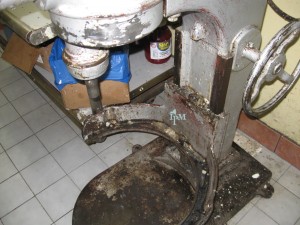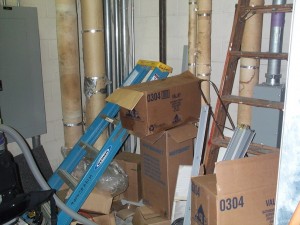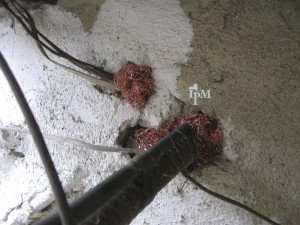Health Resources in Action has partnered with the EPA to assess the economics of Implementing an IPM program in schools. To do so, they are looking for partners like you, and will provide funding as well.
The EPA’s “Keeping the Pests Out” needs schools that now use an IPM program after switching from a more traditional pest extermination strategy.
Why apply?
- Economic assessment is free to the selected schools
- $6000 to the selected schools
- Includes a detailed cost analysis of their IPM program
- This will help increase adoption of IPM in schools
The Deadline is May 6th, so we’re here to give you a push… Here’s what you need to do:
- Have your superintendent write a letter of commitment. Example: your district is interested, feels it would be an asset to the research, and agrees to work with (HRIA) Health Resources in Action from Jun 2016-March 2018
- Provide the name of your IPM Coordinator
- Be contracted with a licensed IPM Provider (Pest Control company that follows IPM procedures)
- Show that you’ve implemented IPM
- Share 24 months of pest management records from when you used traditional pest treatments and 24 months of records after transitioning to IPM **see note below
- Provide records that may help track incidences of asthma problems with students and staff in your district
- Fill out the application online and hit send! See the link below which shows the application you’d need to fill out.
**IPM means recordkeeping after all, so here’s what they hope you can provide:
-Records for at least 24 consecutive months of a traditional exterminator model, and at least 24 consecutive months of IPM model.
-Those records should include: pest management contractor invoices, work orders, IPM logs (pest sightings), IPM work plan, IPM contract reports, IPM materials (if purchased by the district), custodian annual cost per square foot, training cost for staff training on IPM, custodian overtime (for addressing pests if they are doing additional IPM work),energy cost, Average Daily Attendance
/Average Daily Membership and annual Occupational Safety and Health Act reports.
–They may also collect stories from school personnel regarding changes in pest problems in the schools. Since some of these records may be held by the pest contractor, we assume that each school with request the specific data elements directly
We’d love to see you be part of this important work.











